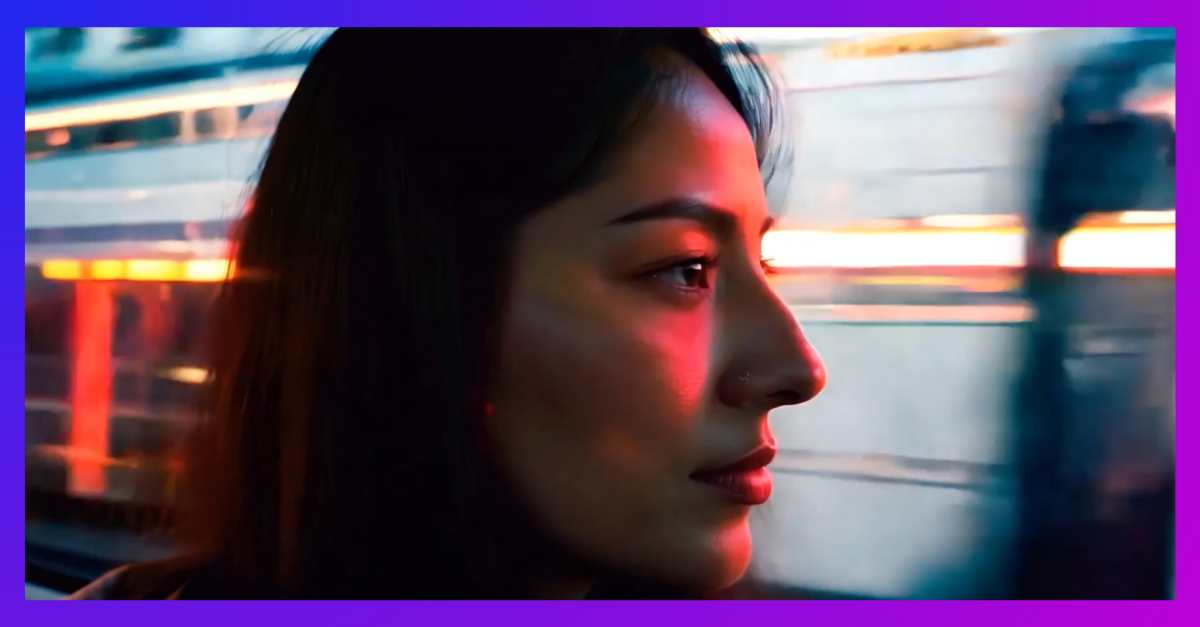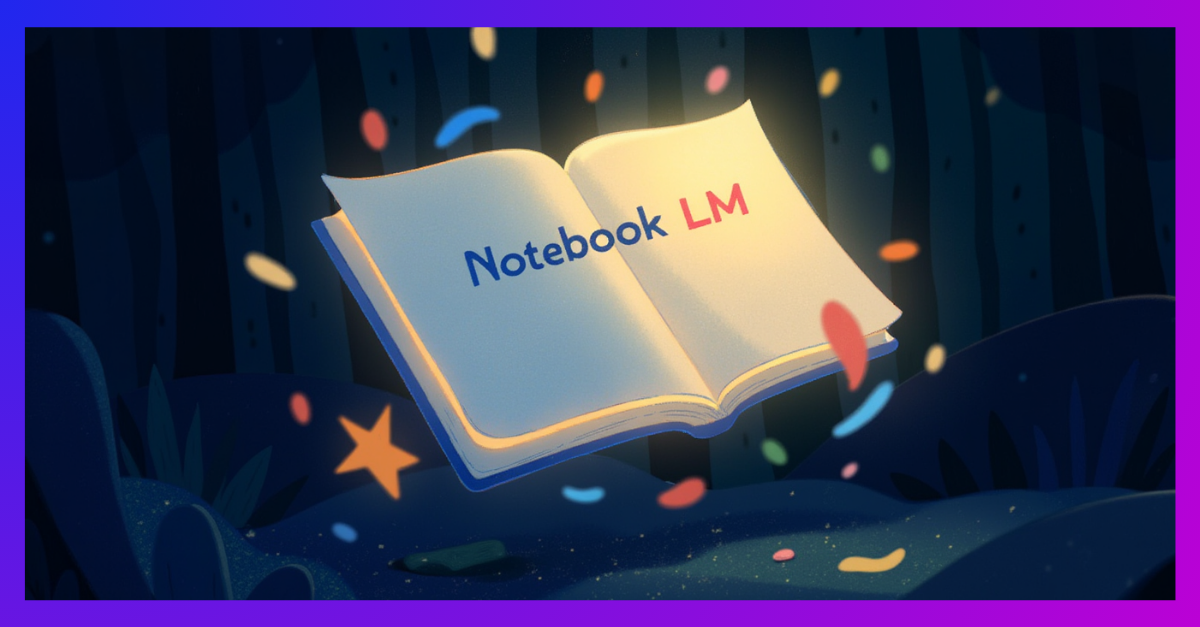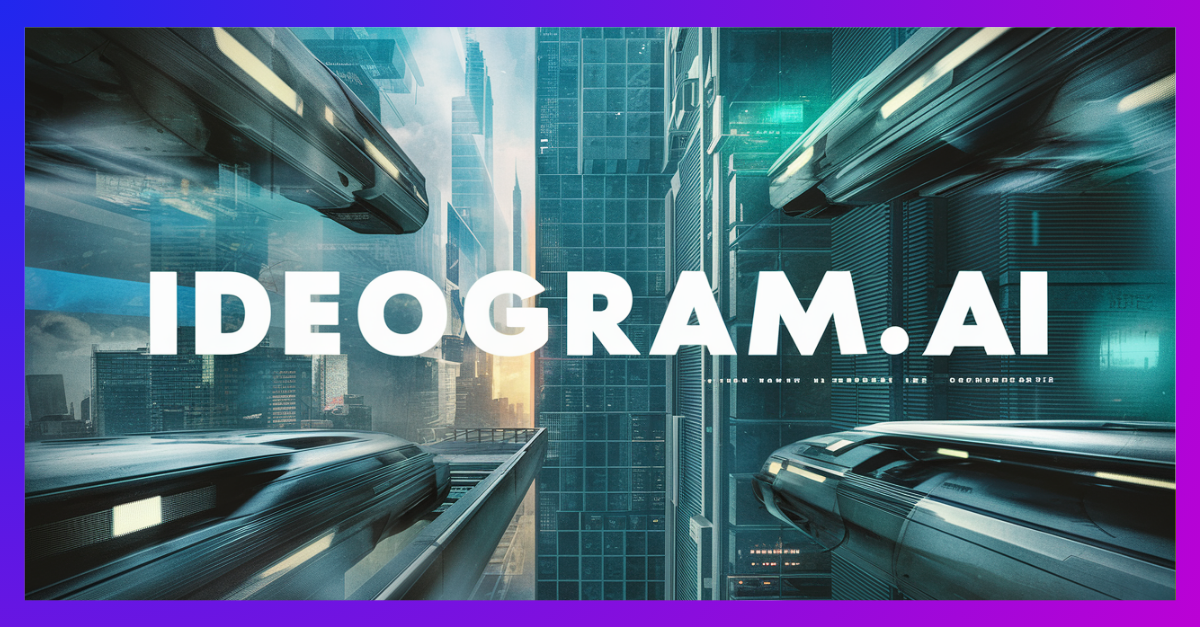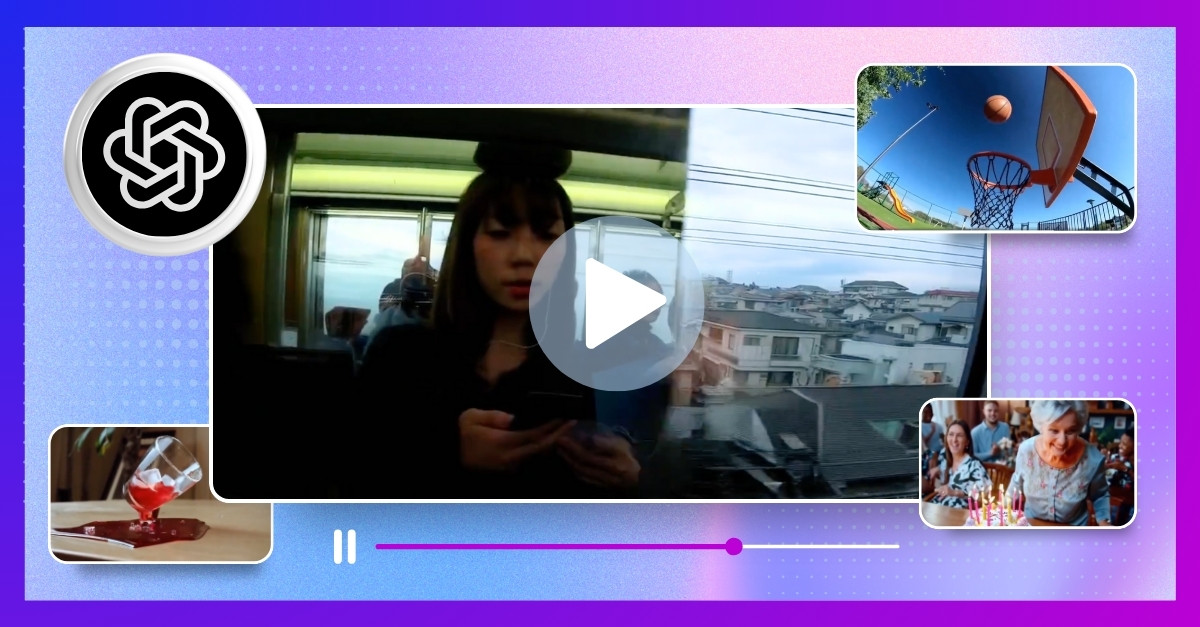Exploring Gen-3 Alpha: The Best Alternative to OpenAI’s Sora
When OpenAI's Sora launched, it revolutionised the video industry with its advanced AI content creation abilities. Leveraging deep learning, Sora...
Imagine watching a seemingly ordinary video, shot on a smartphone.
Now, imagine learning that this video wasn't captured by a person at all but was instead created by artificial intelligence.
Meet Sora, a text-to-video model, and it's about to change everything.
On February 16, 2024, Sam Altman, OpenAI's CEO, unveiled Sora to the world through a post on X:
here is sora, our video generation model:https://t.co/CDr4DdCrh1
— Sam Altman (@sama) February 15, 2024
today we are starting red-teaming and offering access to a limited number of creators.@_tim_brooks @billpeeb @model_mechanic are really incredible; amazing work by them and the team.
remarkable moment.
The announcement shocked the entire video industry, setting the stage for an AI-driven transformation reminiscent of the impact seen with OpenAI's GPT-4 in artificial intelligence.
Sora acts like a personal film studio in your hands. By feeding it a detailed description, Sora can generate a complete video scene out of thin air. For example, give it a scenario like:
A stylish woman walks down a Tokyo street filled with warm glowing neon and animated city signage. She wears a black leather jacket, a long red dress, and black boots, and carries a black purse. She wears sunglasses and red lipstick. She walks confidently and casually. The street is damp and reflective, creating a mirror effect of the colorful lights. Many pedestrians walk about
and watch as it brings your vision to life:
Prompt: "A stylish woman walks down a Tokyo street filled with warm glowing neon and animated city signage. she wears a black leather jacket, a long red dress, and black boots, and carries a black purse. she wears sunglasses and red lipstick. she walks confidently and casually.… pic.twitter.com/cjIdgYFaWq
— OpenAI (@OpenAI) February 15, 2024
Video from @OpenAI
Sora simplifies the video creation process by eliminating the need for cameras, software, or editing skills, empowering users to unleash their creativity without limits. It's perfect for storyboarding, creative exploration, and bringing imaginative concepts to visual reality.
However, it faces challenges with precise movements, complex physics simulations, and maintaining visual consistency in long sequences, as well as potential misinterpretations of multi-step prompts.
Ongoing development suggests that Sora's limitations may improve over time, but it also raises ethical concerns, especially concerning the ease of creating deepfakes. It underscores the importance of responsible AI usage and the need for vigilance in content consumption.
You can read the full technical report here.
Elevenlabs, a popular platform for ultra-realistic AI-generated voices, hinted at the possibility of describing a sound to generate it with AI:
We were blown away by the Sora announcement but felt it needed something...
— ElevenLabs (@elevenlabsio) February 18, 2024
What if you could describe a sound and generate it with AI? pic.twitter.com/HcUxQ7Wndg
Actor and filmmaker Tyler Perry sounded the alarm on AI video tech's potential impact, urging the industry to act now: "We're in a race to set limits and understand the consequences." Watch the entire interview here.
Content creator and YouTube star MrBeast also expressed astonishment at Sora's capabilities, eagerly requesting a demo:
— Sam Altman (@sama) February 15, 2024
Sora has the potential to disrupt industries, reshaping how we create and consume visual content.
Education could benefit from engaging visual aids, though ensuring accuracy and fostering practical media skills remains crucial.
Prompt: "Several giant wooly mammoths approach treading through a snowy meadow, their long wooly fur lightly blows in the wind as they walk, snow covered trees and dramatic snow capped mountains in the distance, mid afternoon light with wispy clouds and a sun high in the distance… pic.twitter.com/Um5CWI18nS
— OpenAI (@OpenAI) February 15, 2024
Video from @OpenAI
Meanwhile, stock media libraries must adapt, possibly by emphasizing authenticity or incorporating AI-assisted creation tools.
Video from @OpenAI
In advertising, it could accelerate production timelines and enable highly personalized campaigns, yet it also amplifies the need for strategies that distinguish from AI-generated competition.
Prompt: "A movie trailer featuring the adventures of the 30 year old space man wearing a red wool knitted motorcycle helmet, blue sky, salt desert, cinematic style, shot on 35mm film, vivid colors." pic.twitter.com/0JzpwPUGPB
— OpenAI (@OpenAI) February 15, 2024
Video from @OpenAI
Filmmakers may have more creative tools at their disposal, but it's important to keep styles diverse so AI doesn't make everything look alike.
Introducing Sora, our text-to-video model.
— OpenAI (@OpenAI) February 15, 2024
Sora can create videos of up to 60 seconds featuring highly detailed scenes, complex camera motion, and multiple characters with vibrant emotions. https://t.co/7j2JN27M3W
Prompt: "Beautiful, snowy… pic.twitter.com/ruTEWn87vf
Video from @OpenAI
The rise of deepfakes presents a significant concern for journalism, highlighting the need for robust verification techniques and media literacy among the public.
As we move forward, the conversation around Sora and similar technologies must focus on ethical considerations, regulatory frameworks, and safeguarding creative diversity in an AI-influenced world.
Currently, Sora is still being developed by OpenAI, with access limited to researchers and those helping to identify potential harmful uses.
In the meantime, for those eager to experiment with AI video generation, several other alternatives exist, though they may not offer the full suite of Sora's functionalities.
Here's what you can do:
Remember those early AI videos with wonky faces? We've made significant progress since then, signaling the dawn of a new era in digital storytelling.
Stay tuned for more updates and explore the possibilities that lie ahead with AI-generated video content.

When OpenAI's Sora launched, it revolutionised the video industry with its advanced AI content creation abilities. Leveraging deep learning, Sora...

NotebookLM is an AI-powered research assistant from Google that helps you understand and use information more effectively. In this article, we'll...

Prompt: dune movie poster theme, title for the movie is "IDEOGRAM.AI" and make sure we can read the words, cinematic, poster
